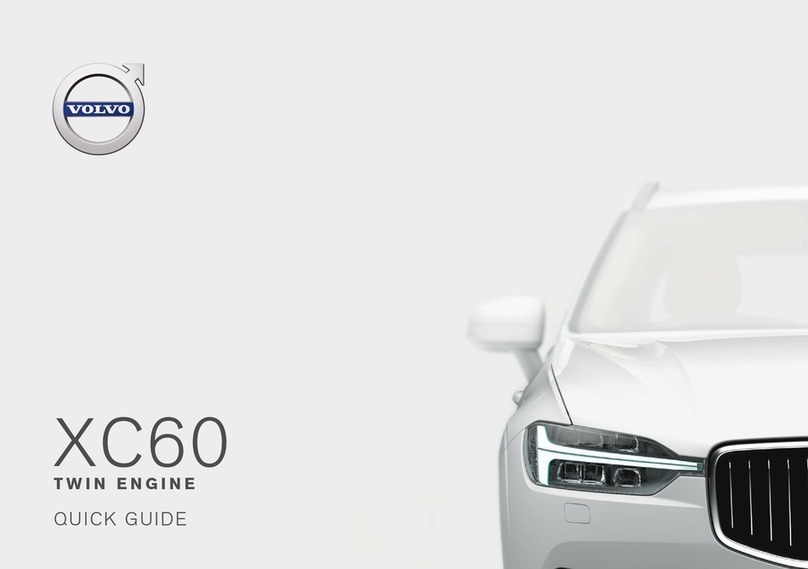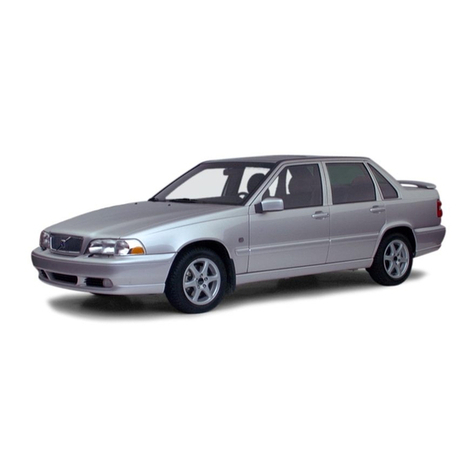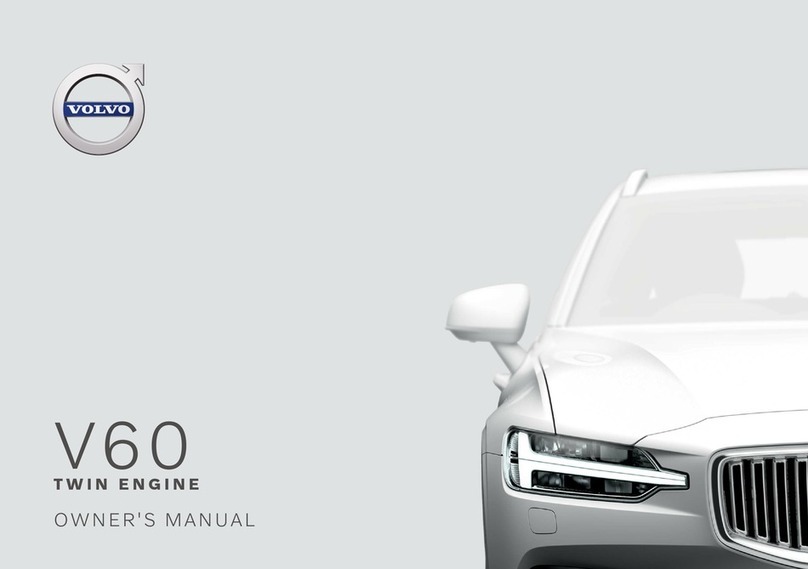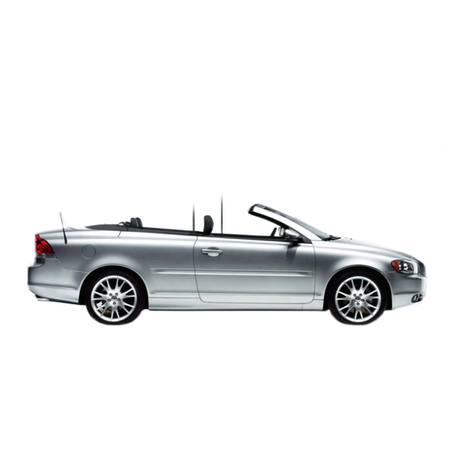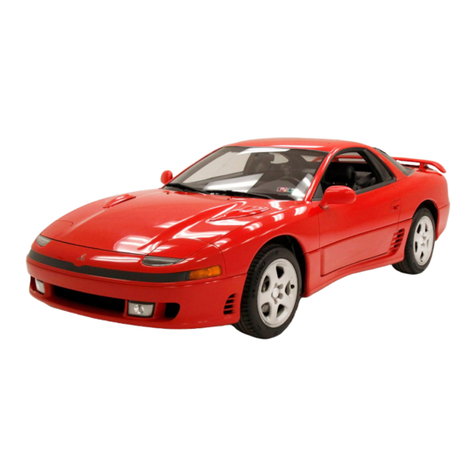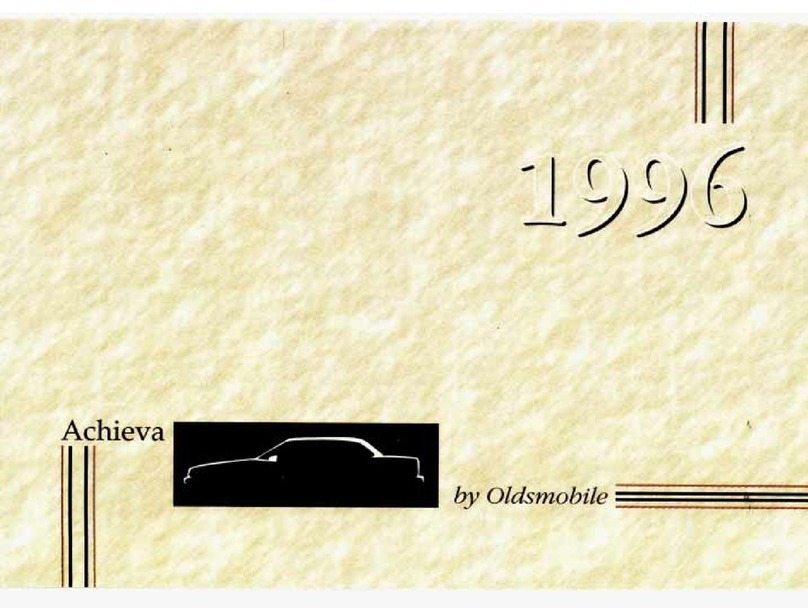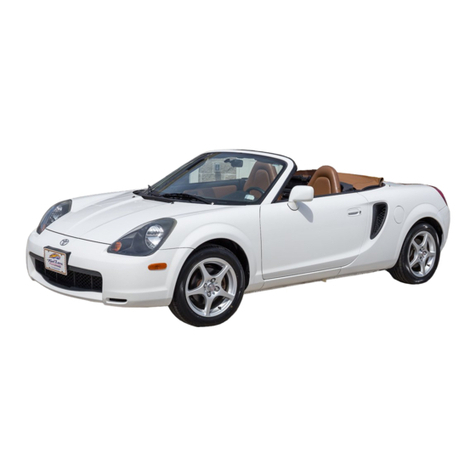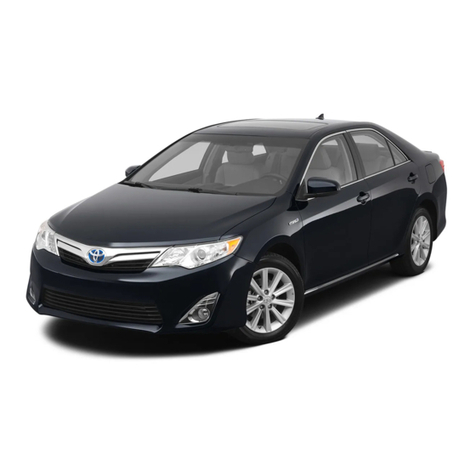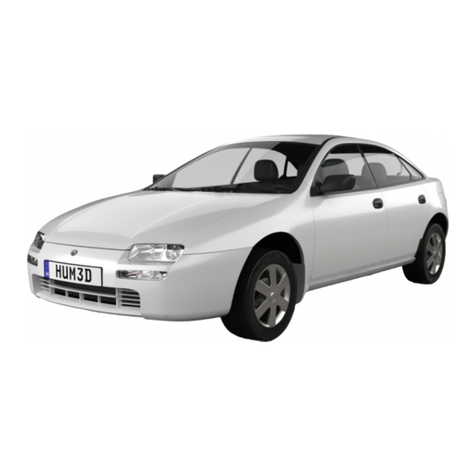cam and helps to minimise emissions, especially when the engine is cold, and maximise
torque at low engine speeds.
Boasting a capacity of 2521cc, the 2.5T develops 210bhp and 320Nm of torque from as low
as 1,500rpm up to 4,500rpm, and provides impressive mid-range flexibility.
Against the stopwatch, the manual Volvo XC70 2.5T achieves 0-62mph in 8.1 seconds and a
maximum speed of 130mph. It is capable of 27.7mpg on the official Combined cycle with
emissions of 244 g/km. The figures for the Geartronic (auto) version are 8.5sec, 130mph,
25.4mpg and 266 g/km, respectively.
D5
In the UK, the majority (at least 86 per cent in 2004) of Volvo XC70 customers choose the
performance, flexibility and range of a diesel engine. And from the 2006 model year, Volvo
now offers a new, substantially updated version of Volvo's acclaimed and refined 2.4-litre,
five-cylinder turbodiesel: the D5.
The new D5 engine offers a six-speed manual gearbox or the option of a new six-speed
Geartronic (from October 2005).
These enhancements have been achieved as a result of customer feedback and achieved by
the following technological developments and extensive changes to performance
characteristics of the D5 diesel engine - see following details:
•New electronic glow plug system for faster starting.
•More advanced injection process with 7 spray holes (instead of 5) in each injector for
complete fuel atomisation and more efficient combustion and enhanced performance.
•New, larger and more efficient turbocharger with electronic control for faster/more precise
control of charge pressure; plus larger compressor wheel, new cambered vanes for
improved response at all speeds, and reduced turbo lag.
•Turbo centre housing now water cooled to provide continued cooling after engine stops.
•Improved flow of air/exhaust gases for optimal flow and reduced drop of pressure.
•More powerful engine management system with more sensors to improve regulation.
•EGR (Exhaust Gas Recirculation) system modified for improved flow/regulation.
•New, more effective cooling system for EGR.
•New, faster, electronically controlled throttle moves EGR gases/ regulates temp better.
•Air swirl in combustion chamber is now infinitely variable for more efficient combustion.
•Increased volume for combustion chambers, and consequently a lower compression ratio.




